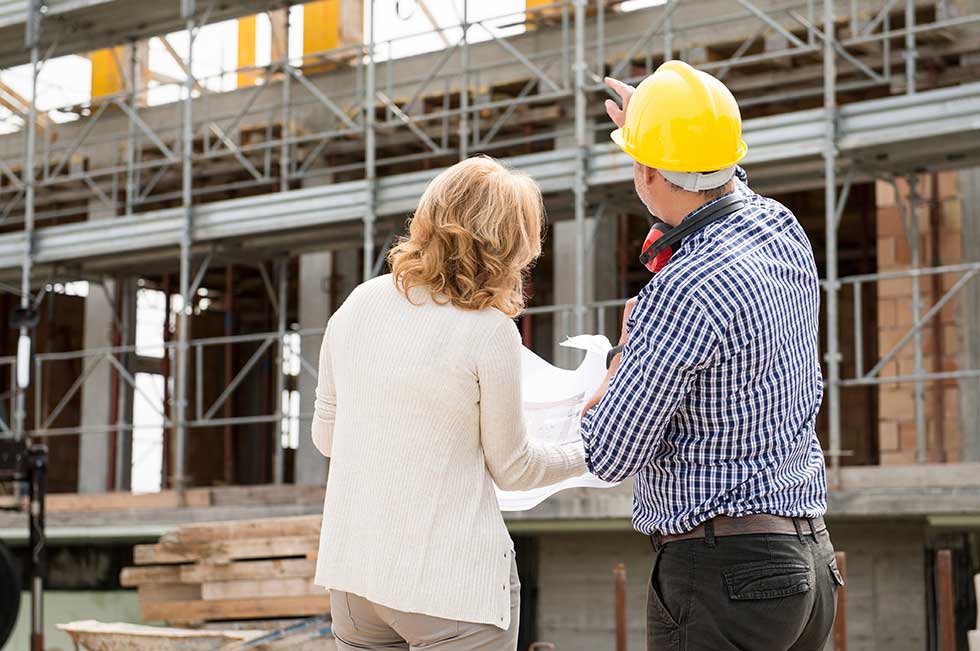Builders are increasingly using mortgage rate buydowns to help buyers afford homes, according to an American Enterprise Institute blog post.
A permanent buydown enables a builder to lower a borrower’s mortgage rate for the life of the loan with a “bulk forward commitment,” in which the builder pays a fee in advance to purchase a commitment for a large pool of mortgage money at a lower rate.
Large builders are best positioned to use this tactic due to their size, scale, and ownership of mortgage lending subsidiaries.
According to Edward J. Pinto, AEI Housing Center senior fellow and co-director, builders use these buydowns rather than cutting prices because the former is more cost-effective.
“Lowering the rate by 100 basis points costs the builder roughly 3.2% of the sale price. To achieve the same monthly payment through a direct price cut, the builder would need to cut the price by 10%,” Pinto explained. “Furthermore, once a builder cuts the price on one home, buyers would expect similar discounts for the entire subdivision.”
Through the first half of the year, about 64% of new homes sold by the largest builders used a permanent buydown, according to AEI. The average buydown rate discount stands at around 1.3 ppts, which, on average, would cost an estimated 5% of the mortgage amount in builder concessions.
The share of builders slashing prices reached a post-pandemic high, according to the National Association of Home Builders/Wells Fargo Housing Market Index, topping 40% for the first time. The average discount was 6%, unchanged from a month earlier.
Further Insights
Permanent rate buydowns distort market signals, complicate loan risk assessments, and hide potential value loss for buyers, said Sandeep Shivam, Tavant Product Leader. “To address this, we should standardize how incentives are classified and integrated into underwriting and appraisal systems. AI-driven platforms can detect and label builder-paid buydowns, calculate the effective home price, and predict long-term affordability. Property analytics can adjust for incentive-inflated prices, preventing overvaluation. Additionally, AI in servicing can monitor buydown-linked loans for risks such as payment shocks. By embedding incentive awareness across the entire mortgage process, the industry can counteract artificial price inflation while enhancing transparency and borrower protection.”
“The surge in rate buydowns is a move by builders to move inventory, but it’s a challenge for the rest of the market, added Mark Johnson, Managing Partner of Recruiting Insight. “They’re paying for a temporary low rate instead of cutting the sticker price, which props up the home’s value. The reality is that inflated number forces existing homeowners to chop their prices to compete. Some of the downward pressure we’re seeing in the resale market is partly tied to the builder’s refusal to take a clean price cut.”







